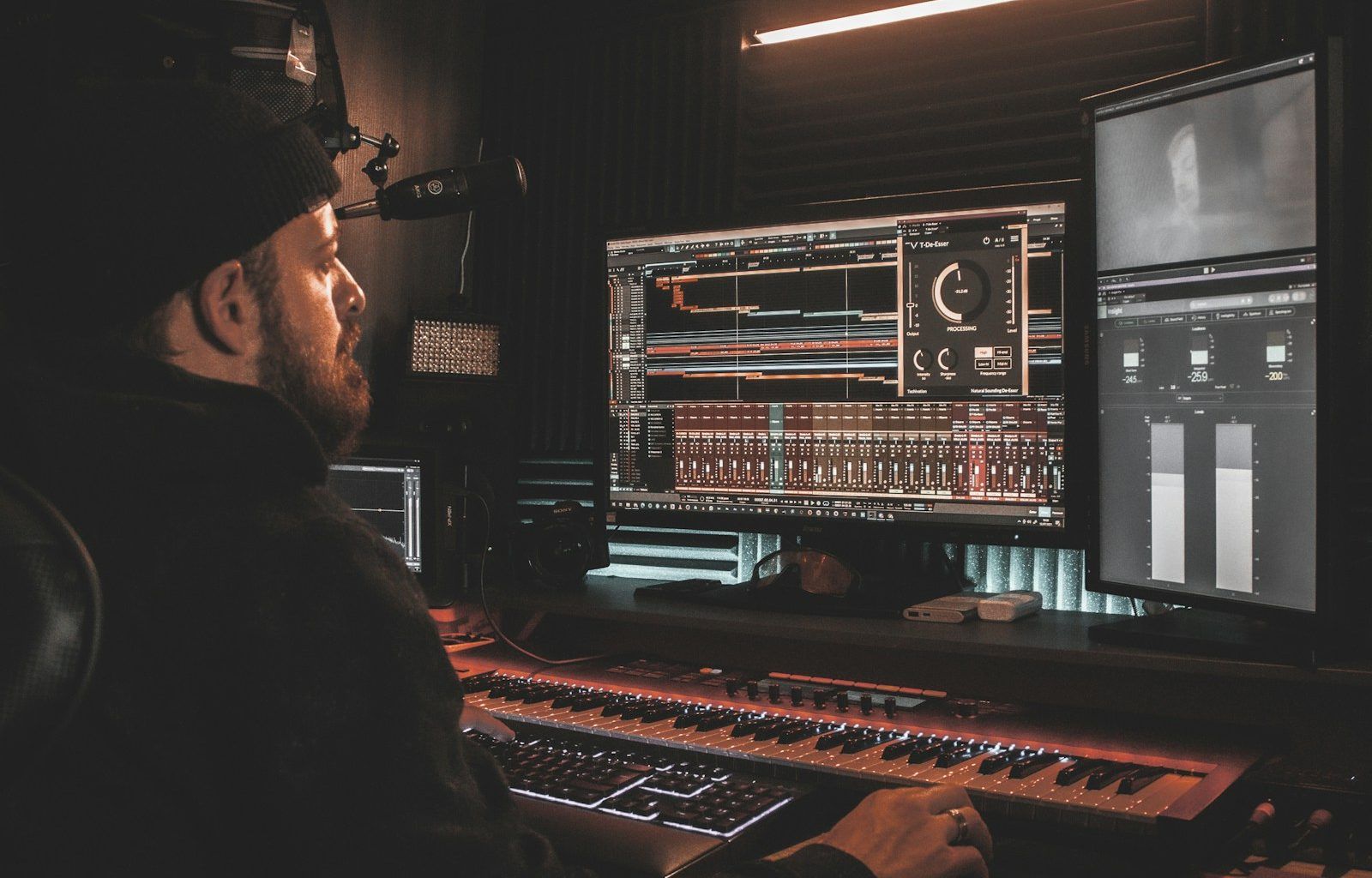Setting up a small home studio might feel overwhelming, but it doesn’t have to be. Whether you’re creating music, recording podcasts, or diving into video production, the right setup can make all the difference. The great news? You don’t need a massive budget or a big room to create a professional-grade space. Let’s walk through the steps to design your dream small home studio setup, even if you’re starting from scratch.
Step 1: Choosing the Right Space
The first step to creating a small home studio setup is finding the right spot in your home. You don’t need an entire room — even a corner will work if planned well. Look for a space that is:
- Quiet: Try to avoid areas near noisy appliances or windows facing busy streets.
- Low Echo: Rooms with carpeting or curtains are great because they naturally absorb sound.
- Comfortable: Make sure it’s a place where you can work for long hours without feeling cramped.
If your space isn’t ideal, don’t worry. There are affordable ways to improve acoustics and reduce noise, which we’ll cover later.
Step 2: Essential Equipment for a Small Home Studio Setup
When it comes to gear, quality matters more than quantity. Here’s what you need to get started:
1. Computer
Your computer will be the heart of your studio. Choose one with enough processing power to handle recording and editing software. A laptop works perfectly for small spaces and offers portability.
2. Digital Audio Workstation (DAW)
A DAW is the software you’ll use for recording, editing, and mixing. Popular options include:
- GarageBand (free for Mac users)
- Audacity (free and beginner-friendly)
- Logic Pro or Ableton (for advanced users)
3. Audio Interface
An audio interface connects your microphone and instruments to your computer. Look for one with at least two inputs and phantom power for condenser microphones.
4. Microphone
Choose a microphone based on your needs:
- Dynamic Microphone: Best for podcasts and vocals.
- Condenser Microphone: Ideal for recording music or voiceovers.
5. Headphones or Studio Monitors
Invest in a good pair of closed-back headphones for accurate sound monitoring. If you have the space, studio monitors (speakers) can be a great addition.
6. Cables and Accessories
Don’t forget sturdy microphone stands, pop filters, and the necessary cables to connect everything.
Step 3: Acoustic Treatment
Acoustics play a huge role in how your recordings will sound. In a small home studio setup, controlling sound reflections is key. Here’s how to do it affordably:
Foam Panels
Acoustic foam panels are an easy way to absorb sound and reduce echo. Place them strategically on walls, especially behind your microphone.
Bass Traps
Bass traps are used in corners to absorb low frequencies, which often cause muddiness in recordings.
DIY Solutions
On a budget? Use thick blankets, rugs, or bookshelves filled with books to reduce sound reflections.
Step 4: Organizing Your Workspace
A small home studio setup can feel cluttered fast. Staying organized will help you work more efficiently:
- Use cable organizers to avoid tangles.
- Opt for wall-mounted shelves to free up desk space.
- Keep only essential equipment within arm’s reach.
- Add soft lighting to create a comfortable and inspiring atmosphere.
Step 5: Testing and Adjusting
Once your setup is complete, it’s time to test it out. Record a short sample and listen for any issues, such as unwanted noise or uneven sound. Adjust your microphone placement, acoustic panels, or settings as needed.
Advanced Tips for Enhancing Your Small Home Studio Setup
If you’re ready to take your setup to the next level, consider these upgrades:
- External Hard Drives: To store large files without slowing down your computer.
- MIDI Keyboard: Perfect for music production.
- Second Monitor: Helpful for multitasking during editing.
Final Thoughts
Creating a small home studio setup doesn’t have to be complicated or expensive. Start with the basics, work within your budget, and make adjustments as you go. With the right planning and a bit of creativity, you’ll have a space that inspires you to create your best work. So, what are you waiting for? Start building your dream studio today.
For further reading, explore these related articles:
- The Evolution and Vibrance of the Indian Music Industry
- Zee Music Company Owner: Shaping the Sound of India
For additional resources on music marketing and distribution, visit DMT Records Private Limited.





